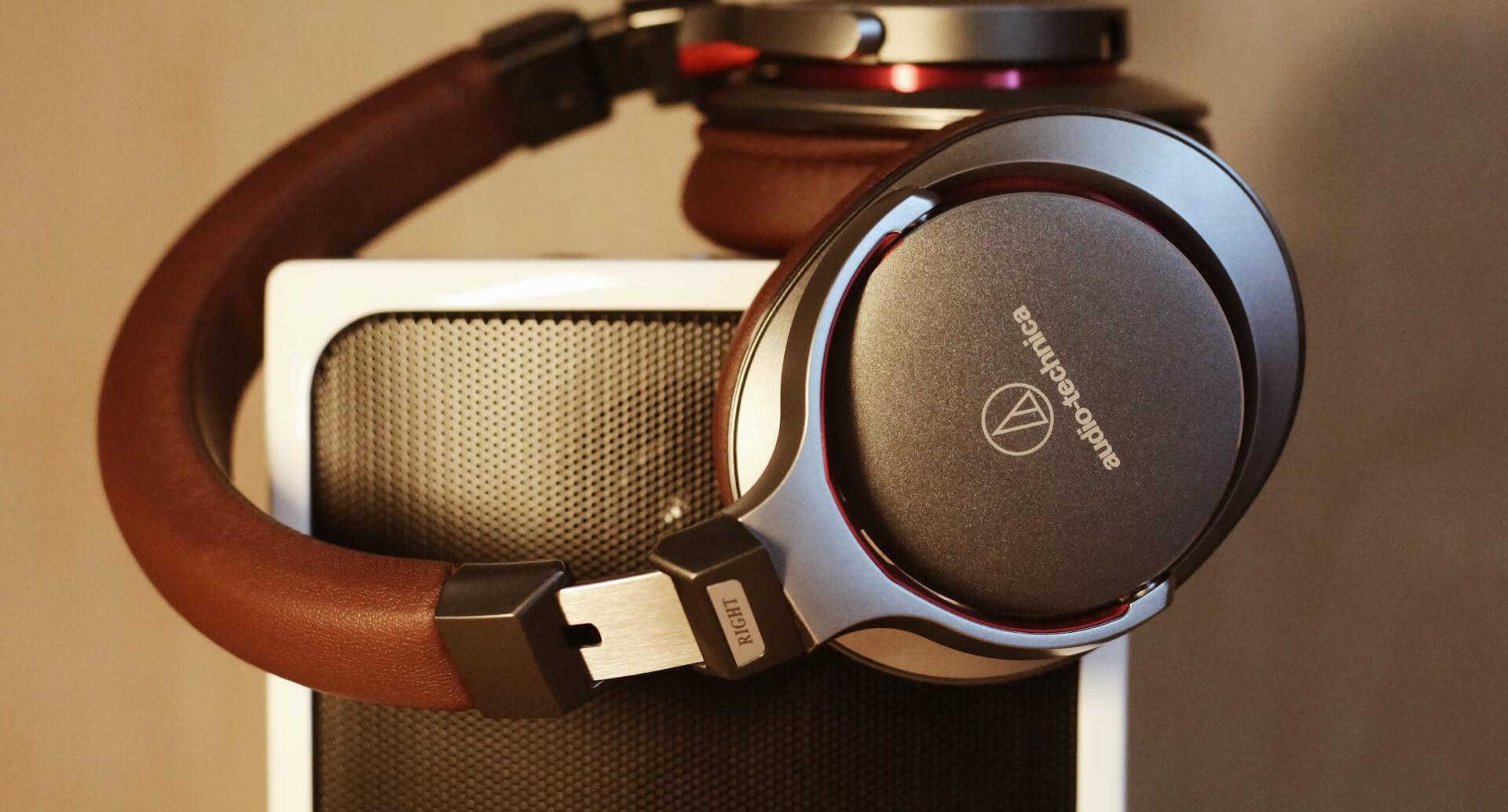In a world increasingly driven by data, wearable health technology has emerged as one of the most promising innovations in preventive medicine. From smartwatches that monitor heart rate to patches that track glucose levels, wearables are reshaping how we understand, manage, and optimize our health.
But the critical question remains: Can wearable devices truly save lives — or are they just lifestyle gadgets? This article explores the latest trends in health tech wearables, evaluates their clinical impact, and compares the real-world outcomes to their promised potential.
Section 1: The Evolution of Wearable Health Devices
From Pedometers to Personalized Medicine
Wearables have rapidly evolved from basic fitness trackers to advanced biometric sensors. The global health tech market has grown to over $150 billion in 2024, with wearables playing a central role.
| Era | Device Example | Key Function |
|---|---|---|
| Early 2000s | Clip-on pedometers | Step counting |
| 2010s | Fitbit, Jawbone | Activity tracking, sleep monitoring |
| 2020s | Apple Watch, WHOOP | ECG, SpO₂, fall detection, stress |
| 2025+ | Smart biosensors | Glucose tracking, arrhythmia alerts |
Section 2: Core Functions of Modern Health Wearables
What Do They Monitor Today?
| Function | Device/Example | Health Benefit |
|---|---|---|
| Heart Rate Monitoring | Apple Watch, Garmin | Detect arrhythmias, stress indicators |
| ECG (Electrocardiogram) | Apple Watch Series 4+ | Early detection of atrial fibrillation |
| Blood Oxygen Levels (SpO₂) | Fitbit Sense, Huawei Watch | Monitor respiratory issues, sleep apnea |
| Glucose Monitoring | Dexcom G7, FreeStyle Libre | Real-time diabetes management |
| Sleep Tracking | WHOOP, Oura Ring | Improve sleep hygiene and recovery |
| Fall Detection | Apple Watch, Medical Guardian | Immediate alerts in emergencies |
| Temperature Sensors | WHOOP, TempDrop | Detect fevers, early illness identification |
| Blood Pressure Monitoring | Omron HeartGuide | Hypertension tracking |
Section 3: Clinical Benefits — Can They Save Lives?
Case Studies of Life-Saving Interventions
-
Atrial Fibrillation Detection:
-
Apple Watch has identified irregular rhythms leading users to seek medical help.
-
A 2021 Stanford study showed 34% accuracy in detecting undiagnosed AFib in at-risk individuals.
-
-
Sleep Apnea Awareness:
-
Oura Ring and Fitbit have raised red flags through abnormal oxygen drops during sleep.
-
-
Glucose Monitoring:
-
Real-time CGMs (continuous glucose monitors) have reduced hospitalizations in Type 1 diabetics by over 40%.
-
-
Fall Detection for Seniors:
-
Apple Watch has reported thousands of 911 auto-dial saves through fall detection alerts.
-
Section 4: The Data Dilemma — Accuracy, Privacy, and Interpretation
1. Accuracy Concerns
| Metric | Wearable Device Accuracy | Clinical-Grade Accuracy | Gap/Limitations |
|---|---|---|---|
| Heart Rate | 90–95% | 98–99% | Slight lag, wrist motion interference |
| SpO₂ | 85–90% | 98–100% | Skin tone and light issues |
| ECG (Single-lead) | Good for rhythm detection | Full ECG needed for diagnosis | Detects rhythm but not all cardiac events |
| Blood Pressure | 70–85% | 95–99% | Movement and cuffless measurement error |
2. Data Overload & Misinterpretation
-
Risk: Users panic over minor variations.
-
Solution: Devices need better contextualization, ideally with AI or doctor feedback.
3. Privacy & Data Security
-
Health data is sensitive. Leaks or third-party sales of data raise ethical concerns.
| Risk | Impact | Recommendation |
|---|---|---|
| Data breach | Identity theft, insurance discrimination | Use devices with end-to-end encryption |
| App permissions | Excessive access to user information | Review and restrict data sharing |
| Third-party sales | Targeted advertising or profiling | Opt-out of non-essential sharing |
Section 5: Wearables in Chronic Disease Management
1. Diabetes Care
-
CGMs now offer continuous, needle-free glucose tracking.
-
Automatic insulin pumps (integrated with wearables) enable closed-loop systems.
-
Results: Up to 1.5% HbA1c reduction, lower risk of hypoglycemia.
2. Cardiovascular Monitoring
-
Wearables identify arrhythmias, early signs of heart failure (e.g., HRV drops).
-
New startups offer real-time cardiology alerts via AI.
3. Mental Health Tracking
-
Devices now monitor:
-
Stress (via HRV and skin temp)
-
Sleep quality
-
Breathing patterns
-
| Device | Mental Health Feature | Science-Backed? |
|---|---|---|
| Fitbit Sense | Stress management score | Moderate accuracy |
| WHOOP | HRV + recovery tracking | Highly predictive |
| Apple Watch | Mindfulness reminders | Basic, but helpful |
Section 6: Wearables in Preventive Healthcare — A Paradigm Shift
The Shift from Reactive to Proactive Care
| Healthcare Model | Traditional System | Wearable-Based System |
|---|---|---|
| Timing | After symptoms arise | Before symptoms become critical |
| Responsibility | Clinician-focused | User-centered, continuous |
| Data Collection | Infrequent, lab-based | Real-time, longitudinal |
| Cost Efficiency | High costs from late-stage treatment | Lower long-term costs via prevention |
Section 7: Limitations and Criticism of Health Wearables
1. Accessibility and Cost
| Device Type | Price Range | Barrier |
|---|---|---|
| Smartwatches | $150–$600 | Expensive for low-income users |
| Medical wearables | $300–$2000+ | Often not insurance-covered |
| App subscriptions | $5–$30/month | Ongoing cost burdens |
2. Overreliance and Anxiety
-
“Health anxiety” is rising as users misinterpret minor data changes.
-
Need for integration with professional medical advice.
3. Not a Substitute for Diagnosis
Important: Wearables are screening tools, not diagnostic devices. They are most effective when combined with clinical evaluation.
Section 8: Future Trends in Wearable Health Tech
1. AI-Driven Predictive Analytics
-
Devices will predict illnesses before symptoms arise (e.g., COVID, flu detection via HRV/symptom combo).
2. Integration with Telemedicine
-
Seamless syncing with doctors’ dashboards.
-
Real-time patient monitoring in chronic care and post-surgery.
3. Smart Clothing & Implantables
-
Smart fabrics that detect dehydration, posture, or respiration.
-
Skin-implanted biosensors for real-time chemical data.
4. Mental Health Wearables
-
Emotion-detection wristbands using skin conductance + facial cues.
Section 9: Expert Opinions – Can They Truly Save Lives?
| Expert | Opinion Summary |
|---|---|
| Dr. Eric Topol (Digital Health Advocate) | “Wearables are medicine’s new stethoscope — especially for prevention.” |
| WHO 2023 Report | Wearables can reduce hospital admissions by up to 30% if used properly. |
| Mayo Clinic | Recommends wearables for post-cardiac event monitoring. |
| Criticism | Not all wearables are validated; caution needed in interpretation. |
Section 10: Final Verdict – Lifesaving or Lifestyle Accessory?
Yes — If Used Correctly
Wearables can save lives, particularly by:
-
Alerting users to early warning signs
-
Empowering chronic disease management
-
Providing real-time data in emergencies
But they are not a silver bullet:
-
Must be accurate, user-friendly, and integrated with clinical systems
-
Require education, accessibility, and context
Conclusion: Toward a Healthier, More Proactive World
Wearable health technology is still in its adolescence — but its promise is profound. With careful implementation, ethical oversight, and clinical collaboration, wearables could be the gateway to a future where lives are saved not in hospitals, but through daily, invisible choices — guided by data and insight.










Leave feedback about this